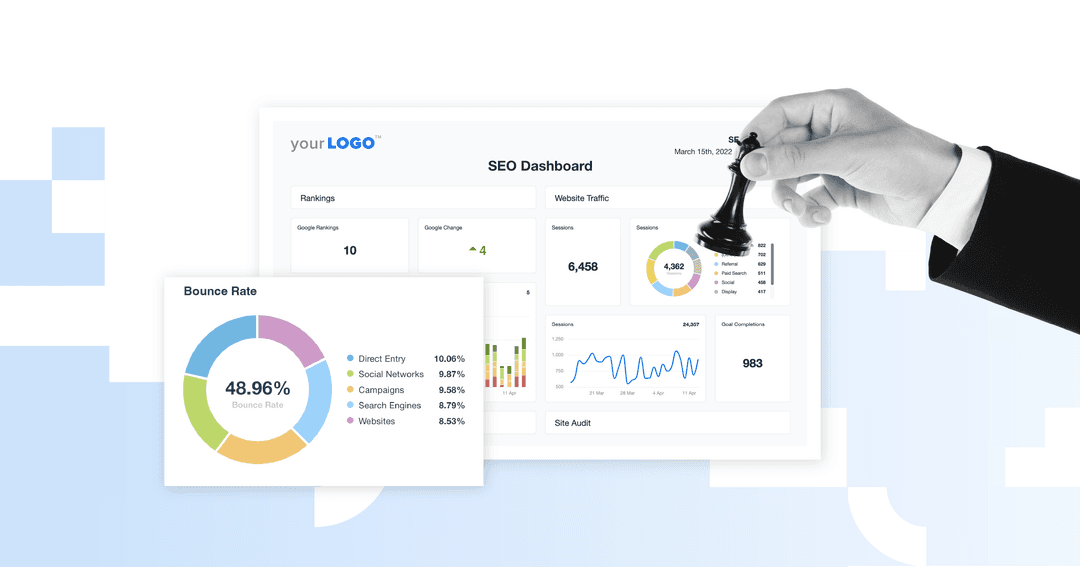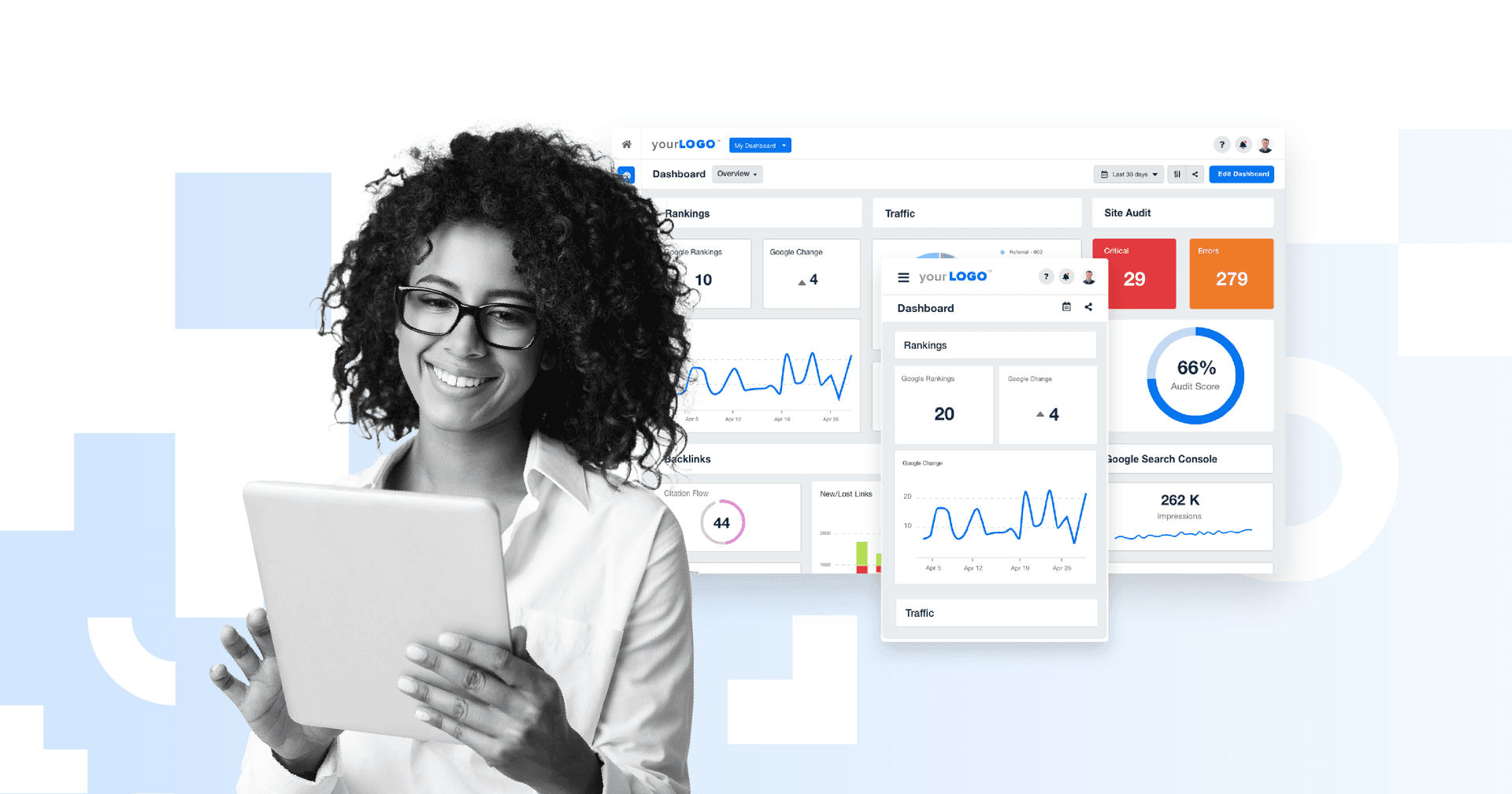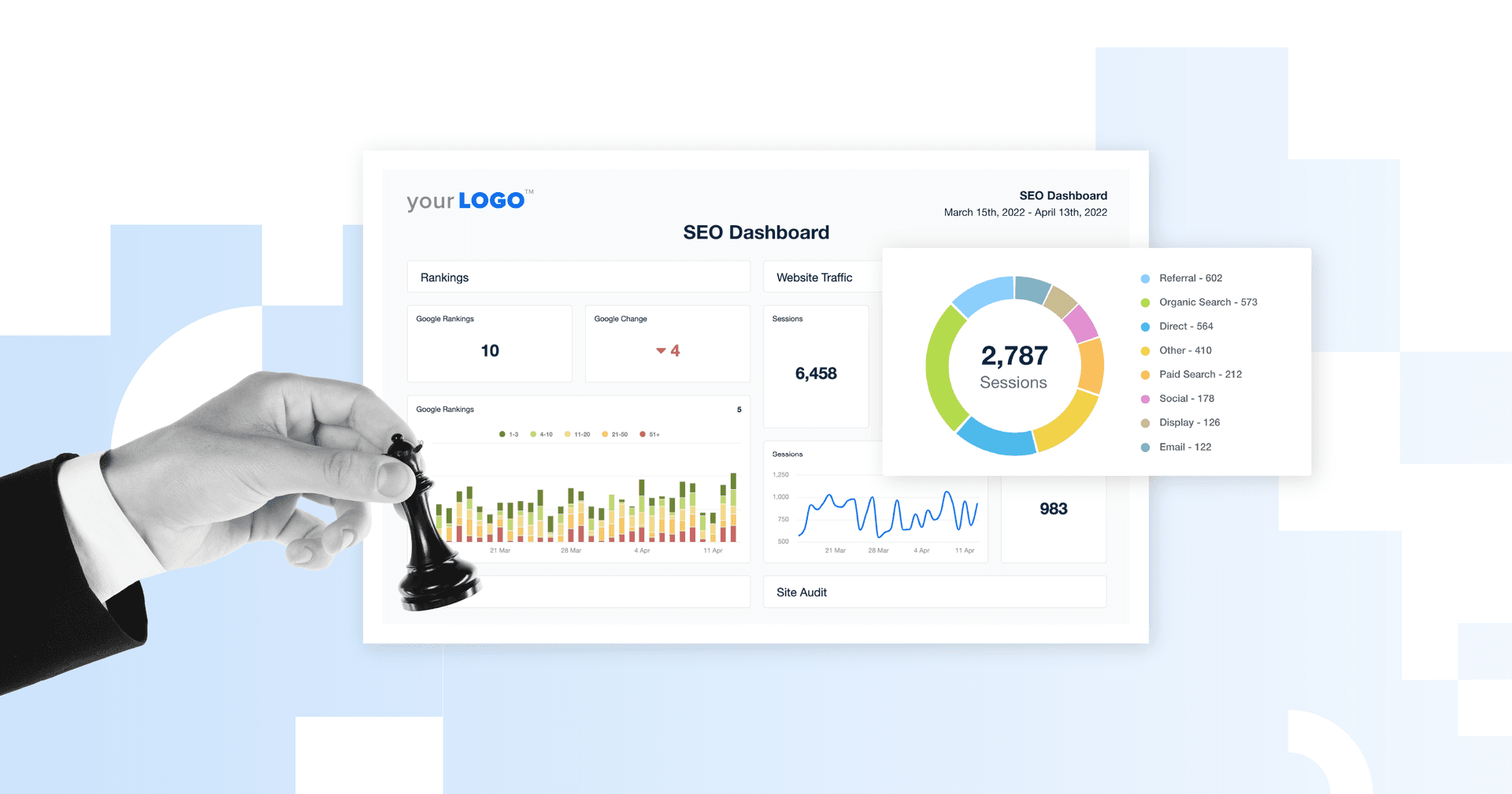Table of Contents
Quick Summary:
This article explores the relationship between UX and SEO and why it matters for agencies looking to improve rankings, drive engagement, and retain clients. Whether you're optimizing an existing site or building from scratch, you’ll get expert advice tailored to marketing agencies on how to create experiences that satisfy both users and search engines.
If your agency treats User Experience (UX) and Search Engine Optimization (SEO) as separate conversations, it's time to rethink your approach. How fast a site loads, how easily users find what they need, and how well the content aligns with search intent all determine where your clients’ websites appear in Google search results.
Agencies that want to stay ahead recognize that UX design isn’t simply a design conversation but a strategic lever that directly impacts SEO performance.
This article discusses how user experience shapes search performance. You’ll learn what aspects of UX directly influence search rankings and discover practical ways to optimize content for search engine results pages and user engagement, all at the same time.
What is UX in SEO?
User experience (UX) is how people interact with a product or service. In the digital space, we’re talking about websites and web pages. That means everything from layout and navigation to page speed, clarity of content, and how easy it feels to complete an action.
Websites designed with a user-centric approach remove friction points, keep people engaged on the site longer, and ultimately lead to more conversions—the #1 metric that matters most to agency clients.
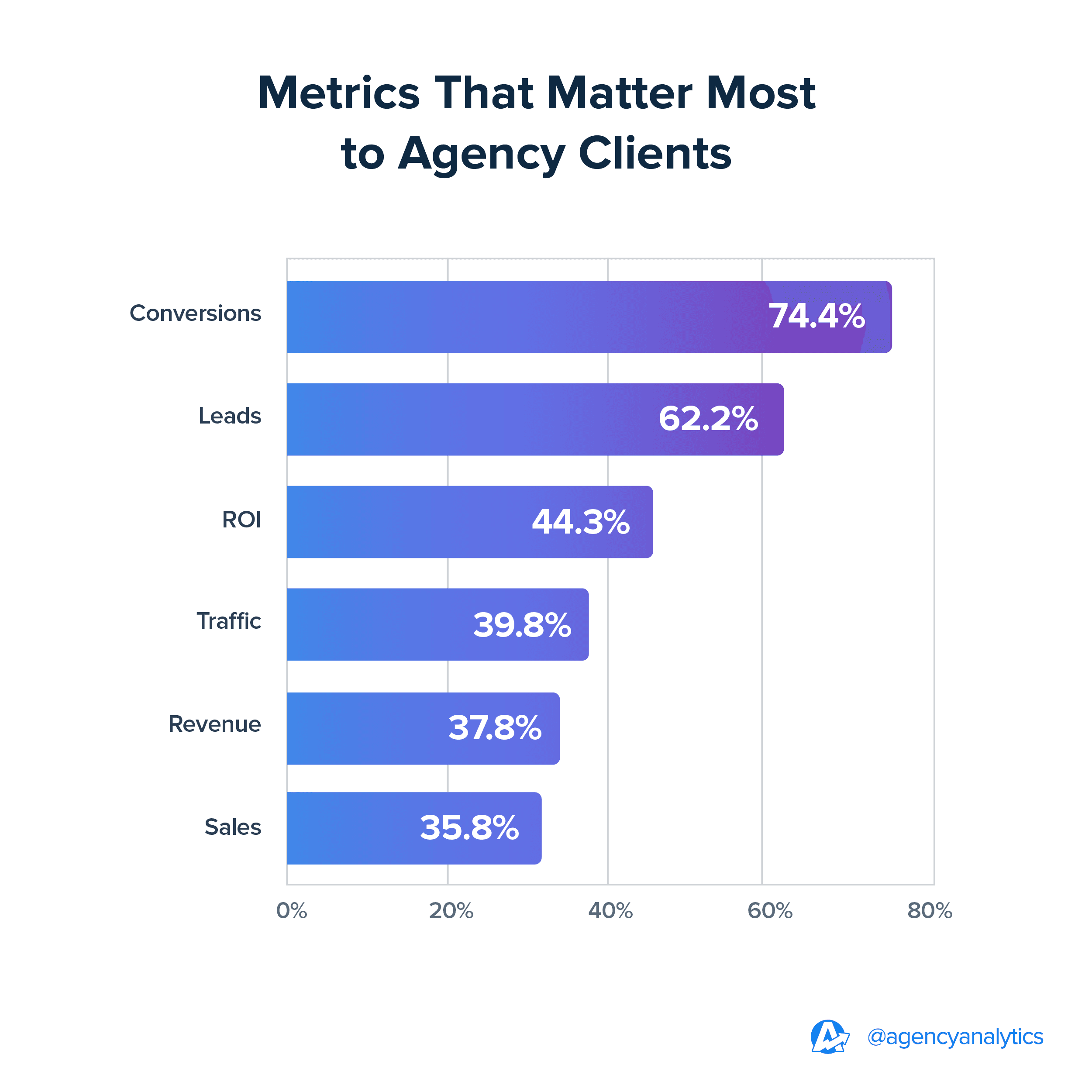
How does user experience influence search engine optimization?
Well, search engine algorithms don’t just rank websites based on keywords, backlinks, and search intent; they also rank based on positive user experience. If visitors bounce quickly after landing on your client’s site, their search rankings suffer.
But if they stay, engage, and convert? That signals quality!
A good content strategy doesn’t stop at hitting relevant keywords; it prioritizes user interaction, too.
If you want higher search engine rankings, start by building more engaging experiences.
Carson Crane, Sr. SEO Strategist, AgencyAnalytics
UX and SEO: How User Experience Affects SEO Performance
Now that we know UX matters for SEO, what exactly is Google paying attention to?
Search engine algorithms monitor how users interact with content. Are they finding what they need? Are they sticking around? Are they clicking, scrolling, converting?
When websites deliver a rich user experience, users stay engaged, and that’s the kind of signal Google loves!
Let’s break down the user experience elements that impact search performance most.
Page Speed and SEO
Speed is non-negotiable. Nobody waits for a slow site to load. Slow websites and web pages don’t just frustrate users; they cost rankings, revenue, and user trust.
Page speed is a confirmed Google ranking factor for a good reason: the longer it takes to load, the faster users bounce. According to Google, bounce rates increase by 32% when a page takes 1-3 seconds to load, by 90% when it takes 1-5 seconds, and by 123% when it takes more than 10 seconds to load a page.
If your clients’ websites feel sluggish, it’s not just a UX issue; it’s an SEO liability. Fixing this will improve indexing, decrease bounce rate, improve the user’s perception of your brand, boost rankings, and make the site more enjoyable to use.
Carson Crane, Sr. SEO Strategist, AgencyAnalytics
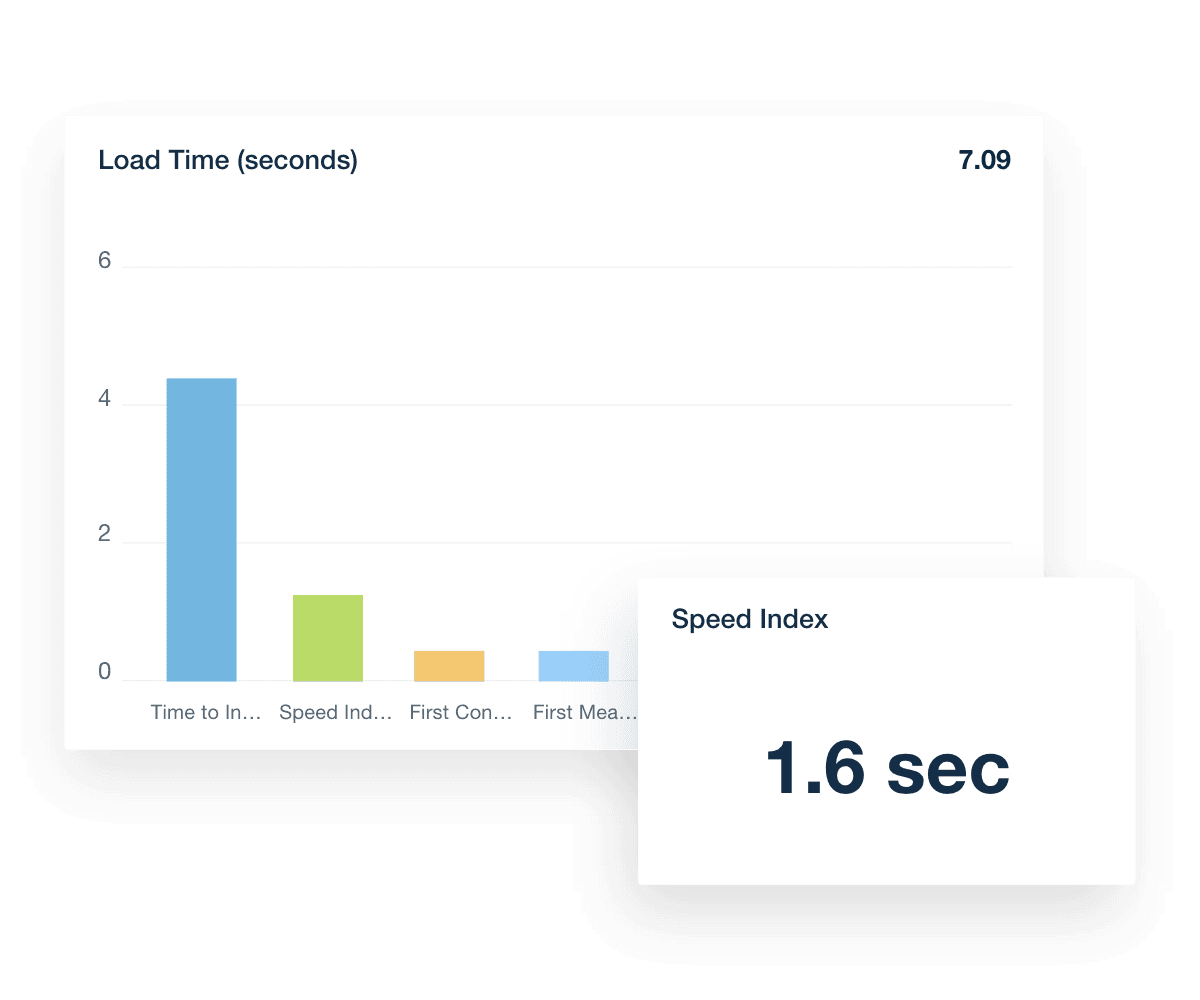
But bounce rate is just the beginning. Slow performance shortens session duration, kills conversion rates, and limits how well a site supports broader marketing goals. Agencies that treat speed as part of their SEO strategy help clients win more traffic.
Agency Tip: Want to test page load speed? Run your clients’ URLs through Google PageSpeed Insights to get a clear picture of what technical factors are slowing things down.
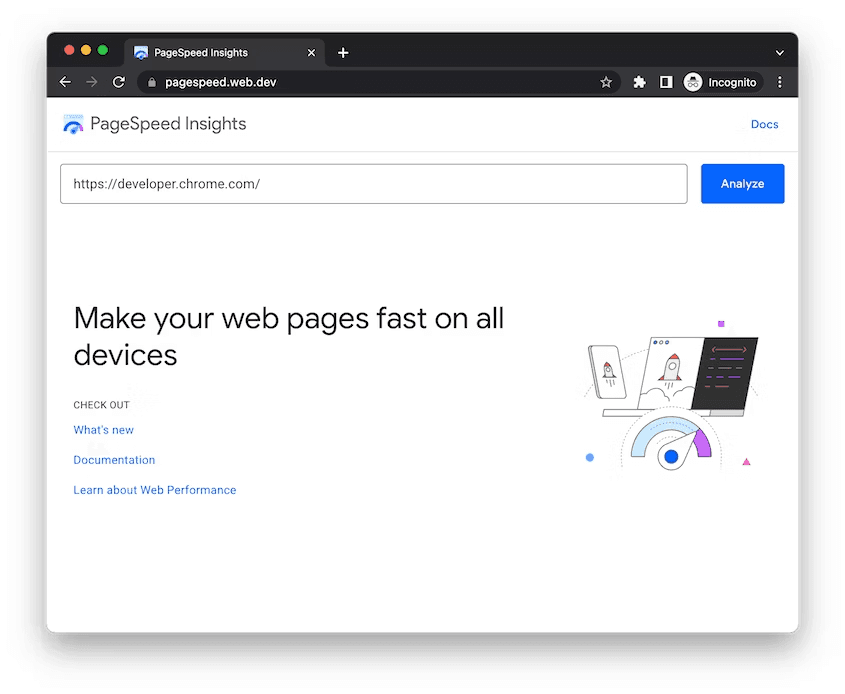
Mobile UX and Search Visibility
Over 60% of web traffic comes from mobile devices, and users expect the same seamless experience they’d get on a desktop.
And it’s not just them who expect this. Google has used mobile-first indexing since 2019, meaning it primarily evaluates a site’s mobile version to determine how to rank it.
UX designers play a critical role in ensuring that mobile layouts aren’t just shrunken-down desktop pages; they’re thoughtfully designed experiences built for real-world conditions across devices and screen sizes.
Early planning and thorough testing across devices are crucial. A responsive web design overhaul isn't just about resizing elements but ensuring the user experience is optimized for mobile devices.
Ali Khalid, Web Manager, Digilatics
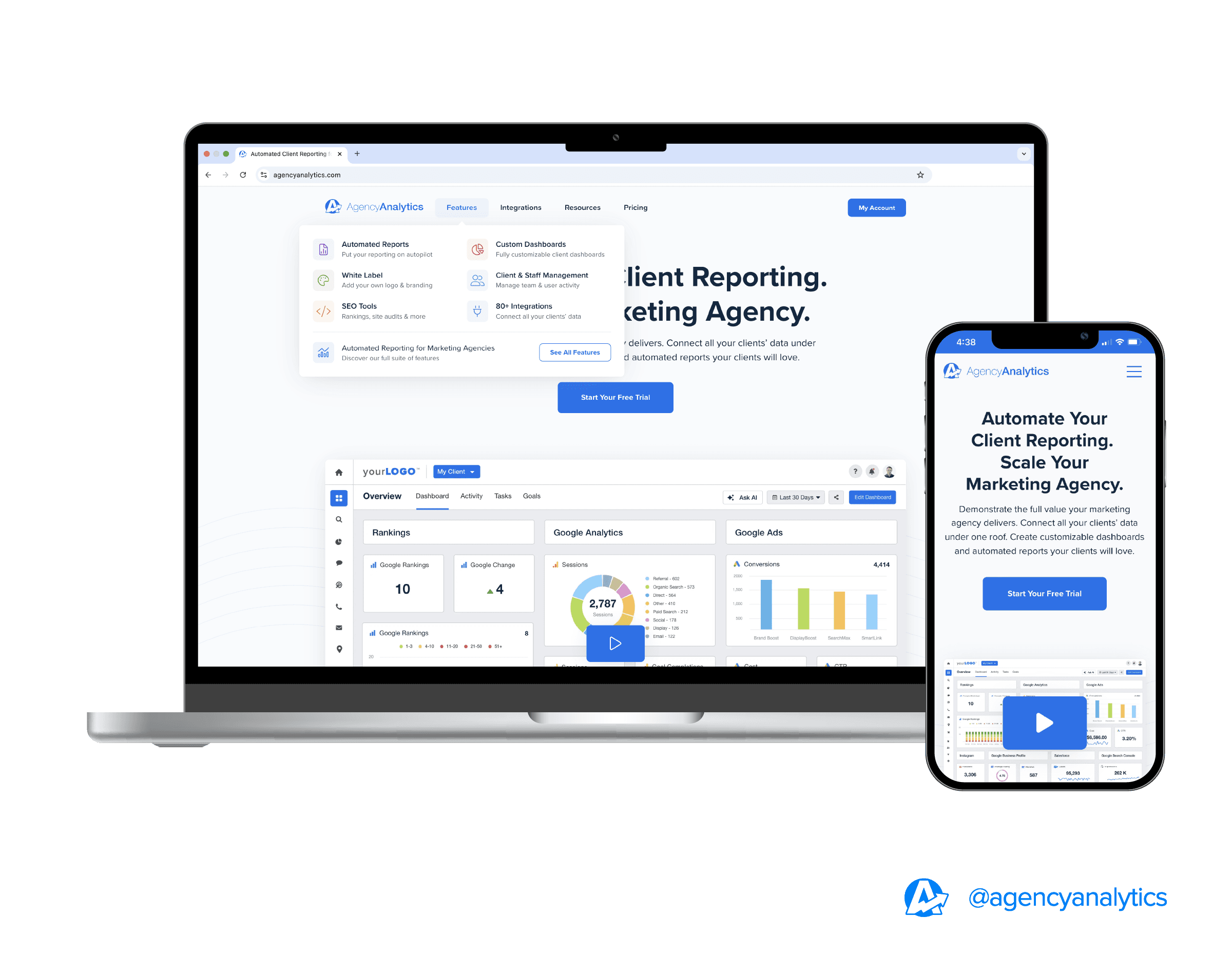
If your client’s site is clunky, slow, or complex for mobile users to navigate, you’re not just frustrating them—you’re giving competitors the advantage. If it doesn’t deliver, it won’t rank and definitely won’t convert. Mobile optimization is foundational to any effective SEO UX content strategy.
This guide to responsive web design breaks down mobile optimization best practices to implement right away.
Site Structure and Navigation
94% of online users say that easy navigation is the most important feature of a website’s user interface. If people can’t find what they need quickly, they’ll leave. And Google notices when they do.
A website’s architecture plays a dual role: it keeps users engaged and helps search engines understand the content. When a site is logically organized and easy to navigate, visitors stick around longer, explore more content, and find exactly what they’re looking for.
That’s not just good UX design—it’s an SEO win.
From an SEO perspective, your site structure is the hierarchy search engines follow to crawl, index, and rank your content. The clearer that roadmap is, the easier it is for crawlers to understand your content, identify topical authority, match the right web pages to the correct search results, and determine where to rank your content.
Carson Crane, Sr. SEO Strategist, AgencyAnalytics
Clear menus, clean URLs, and a logical site structure reduce friction and guide users to the content they need. It’s about making each click feel obvious and intentional.
Internal links guide users and search engines deeper into a site, boosting engagement and spreading SEO value across key pages.
Whether it’s a new visitor or a Googlebot, everyone should know exactly where they are and where to go next.
Accessibility and SEO
Making websites usable for everyone, including those with disabilities, improves the overall experience and aligns with search engine goals to surface the most helpful content.
Many UX designers already build with accessibility in mind, but tying those practices to SEO performance makes the value even more measurable.
Clear heading structures, alt text on images, descriptive link text, and keyboard-friendly navigation all help screen readers and assistive technologies interpret your client’s site. These same elements also help search engines crawl and index your client’s content more effectively.
By prioritizing accessibility, your agency creates sites that are easier to use, legally compliant, and better optimized for search engine visibility.
Content Structure and Scannability
Even the most engaging content will be ignored if it’s daunting to read. Today’s users scan first, then decide if a page is worth reading. That means structure matters more than ever.
Short paragraphs, clear subheadings, bullet points, and visual hierarchy help users absorb key points quickly. From an SEO standpoint, these practices reduce pogo-sticking (when users click back to Google search results quickly) and improve alignment with search intent.
Core Web Vitals and Their SEO Impact
Core web vitals are specific factors that Google considers important in a webpage's overall user experience. Search engine algorithms measure three primary metrics:
Largest Contentful Paint (LCP): Measures the time it takes for the largest content element (such as an image or text block) to load within the viewport.
First Input Delay (FID): Evaluates the time from when a user first interacts with a page (like clicking a link or tapping a button) to when the browser responds.
Cumulative Layout Shift (CLS): Assesses the visual stability of a page by measuring unexpected layout shifts during the loading phase.
Optimizing these metrics is crucial for enhancing user experience and for improving SEO rankings, as Google uses Core Web Vitals as a ranking factor in search results.
5 UX Best Practices for SEO Success
So far, we’ve examined how key UX signals like site speed, mobile responsiveness, and content structure impact search performance. Now it’s time to shift from what matters to what your agency should do about it.
These UX best practices are the building blocks of higher rankings, better engagement, and stronger client results.
1. Simplify Navigation and Internal Linking
Users shouldn’t have to work to find what they’re looking for. Intuitive navigation and internal linking guide both users and search engines through a site’s most important content. It also boosts time on site, page views, and link equity distribution.
Use clear, descriptive labels in the top navigation.
Avoid overcrowding menus. Prioritize clarity over quantity.
Keep important pages within two clicks from the homepage.
Link to related content where it adds value, not just for SEO.
Keep links contextual and purposeful. Don’t just link for SEO; link because it helps users find what they need faster.
Carson Crane, Sr. SEO Strategist, AgencyAnalytics
2. Structure Content for Readability and Engagement
No one wants to read a wall of text. Clean content structure makes it easier for users to absorb information quickly, reducing bounce rate and increasing engagement.
Use short paragraphs and meaningful subheadings to break up content.
Include bullets and bolding to highlight key takeaways.
Give the content room to breathe with white space and clean formatting.
3. Create Content That Matches User Intent
Search engines are built to deliver content that best matches search intent and user expectations. If your content doesn’t align with the intent behind a user’s search query, it won’t rank.
Understanding user intent is essential. Determine whether a keyword signals informational, navigational, or transactional intent, then structure content accordingly.
Carson Crane, Sr. SEO Strategist, AgencyAnalytics
A blog post meant to educate should dive deep and offer clear takeaways. A landing page targeting conversions should focus on value, clarity, and simple paths to action. Match the content format to the user’s goal, not just the keyword. It’s also important to know what questions, fears, confusion, and anxieties must be addressed at each funnel stage.
Here’s how to translate search intent into content:
Informational Intent: Use in-depth articles, how-to guides, or data-backed blog posts to answer specific questions.
Navigational Intent: Make sure branded or location-based pages are optimized to get users where they want to go quickly.
Transactional Intent: Create focused landing pages with strong CTAs, trust signals, and frictionless conversion paths.
All Content Types: Use internal links to guide users to the next logical step based on their intent.
Support With SERP Analysis: Check what’s currently ranking for the target keyword to validate content type, length, and format.
4. Optimize Page Layout for Conversion Flow
Page layout either guides the user toward action or distracts them. A clear flow keeps users engaged and clarifies what to do next.
Place CTAs where users naturally pause after a feature list, testimonial, or pricing explanation.
Use familiar layout patterns like F-pattern or Z-pattern designs that match how users scan pages.
Limit distractions like multiple CTAs competing for attention or aggressive pop-ups that interrupt flow.
Create a visual hierarchy through font size, weight, and spacing to draw attention to priority content.
Group related content together so users don’t feel lost or overwhelmed navigating the page.
5. Use Consistent Visuals To Build Trust
Consistency across your site builds confidence. When branding, design, and functionality align, users feel like they’re in the right place, leading to better engagement and stronger SEO signals.
Stick to a consistent design. Font styles, spacing, button shapes, and iconography should feel unified throughout the experience.
Use branded visuals that reflect your client’s voice and tone; avoid overused stock imagery whenever possible.
Maintain alignment between desktop and mobile experiences, including colors, menus, CTAs, and page flow.
Double-check that layouts don’t shift unexpectedly, especially on mobile devices, where small changes can undermine trust.
Ensure page design reinforces brand tone—clean and modern for SaaS, playful for B2C, bold for niche agencies.
Important UX SEO Metrics to Track for SEO
Optimizing for UX is only half the equation; proving its impact on search performance is where your agency delivers real value.
So, how do you know if these UX best practices are actually moving the needle?
The right user engagement metrics show whether users engage, convert, and signal relevance to search engines. They also guide your team’s next moves, from refining your client’s content strategy to identifying friction points in the funnel.
The following UX and SEO metrics will help you evaluate whether your UX improvements are leading to higher rankings, better engagement, and stronger client outcomes:
Bounce Rate: Tracks the percentage of visitors who leave after viewing just one page, often a sign the content or experience didn’t match expectations.
Exit Rate: Shows how often users end their session on a specific page, helping you spot content gaps or friction points on key conversion paths. Both Google Analytics and heat mapping tools like Hotjar can surface these problem areas.
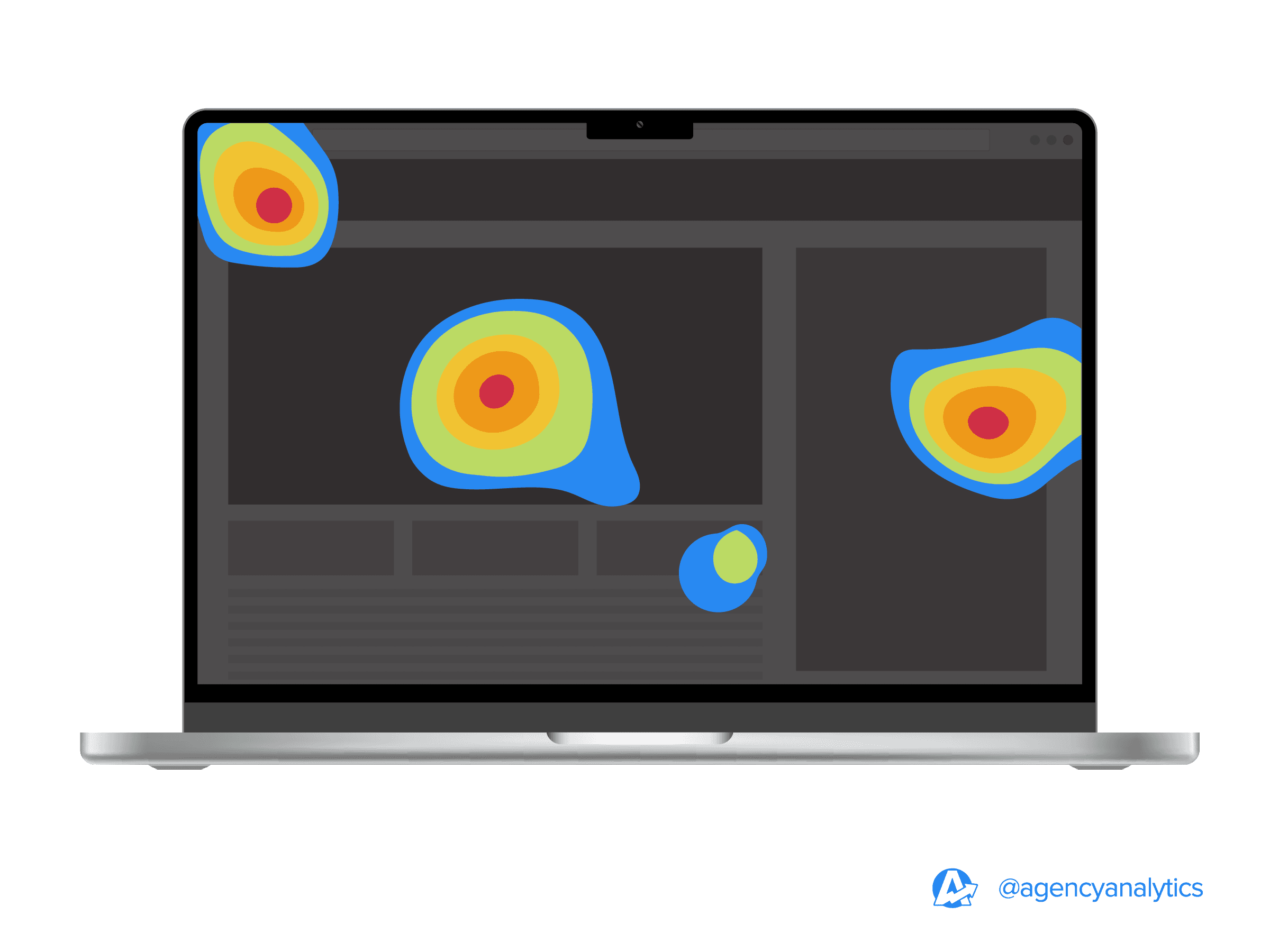
Conversion Rate: Connects UX and SEO to business outcomes, showing how well each page turns visitors into leads or customers. Track conversions in Google Analytics and analyze user behavior with Hotjar. Tools like Unbounce let you test and optimize page elements for landing pages.
Click-Through Rate (CTR): Measures how effectively content attracts clicks in search results—higher CTR usually means better alignment with search intent. Use Google Search Console to monitor CTR and uncover opportunities to improve metadata and search intent alignment.
Time on Page: Longer visits suggest your content is engaging and helpful, while quick exits may point to relevance or usability issues. Google Analytics and session recording tools help visualize where users lose interest.
Pages Per Session: Indicates whether site structure and internal linking are encouraging users to explore beyond the first page.
Scroll Depth reveals how far users scroll, helping you understand whether they’re engaging with content or dropping off early. Hotjar and similar tools provide clear visualizations of how users move through content.
Interaction Events: Tracks actions like clicks, video plays, and form starts to pinpoint where users engage and where they stop.
Site Search Usage: High usage could signal navigation or structure issues; it also uncovers what users are actively looking for.
Agency Tip: Use site search data to guide your content strategy based on what users are actively looking for.
Centralize Your UX and SEO Metrics for Smarter Reporting
Tracking UX and SEO metrics across multiple platforms is doable, but it’s not efficient. For agencies managing dozens of client accounts, the real win comes from consolidating data into one place.
Today, agencies deal with fragmented data across multiple platforms. That makes it harder to measure impact, spot trends, and quickly act on what’s working (and what’s not). When time is tight and clients want answers, switching between tools is both inefficient and risky.
That’s where AgencyAnalytics comes in.
Built specifically for marketing agencies, AgencyAnalytics brings all your UX, SEO, and other marketing metrics into one unified reporting platform. Whether you're pulling in bounce rate, CTR, or conversion data, everything lives in a single, customizable dashboard, giving you and your clients one clear view of performance.
With AgencyAnalytics:
Consolidate metrics from SEO, UX, PPC, and social tools in one place.
Build client-facing dashboards with real-time updates.
Track performance across Google Analytics, Search Console, Unbounce, Majestic, Ahrefs, and more.
Save hours on reporting every month with automation and templated reports.
Deliver insights that connect user experience to bottom-line results.
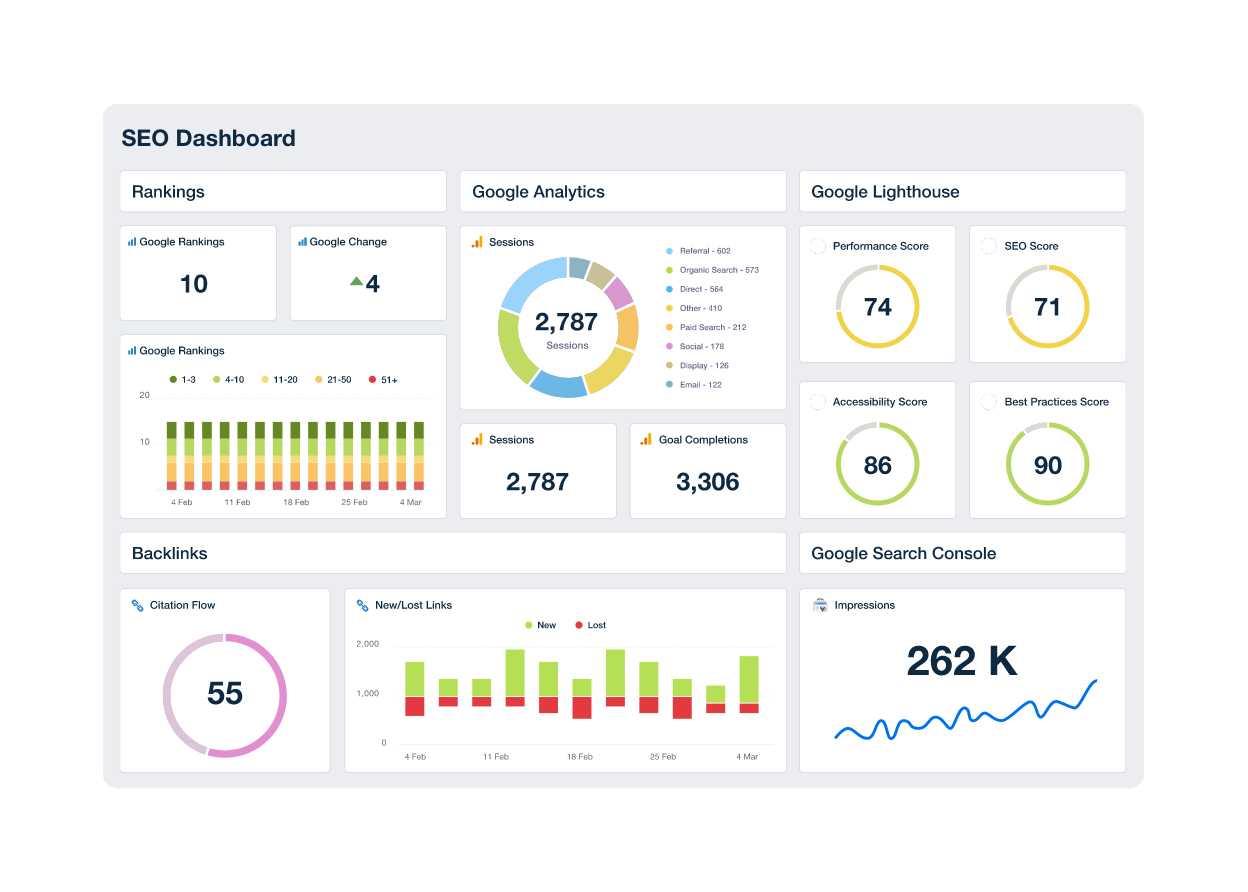
Spend less time chasing numbers and more time delivering strategic recommendations that move the needle. Try AgencyAnalytics free for 14-days.
The Future of SEO is UX
Bringing all your metrics into one place is just the beginning. The real advantage comes when your agency uses that data to align user experience and SEO under one unified strategy.
UX and SEO aren’t competing priorities; they’re connected goals. A seamless experience helps users stay longer, interact more, and convert faster, and that’s exactly the behavior Google rewards.
When you improve site speed, streamline navigation, optimize for mobile, and match content to search intent, you’re doing so much more than you think because better experiences don’t just help your rankings—they help your clients win.
And when your team can track it all in one place? That’s where your agency becomes the strategic partner clients trust to deliver results.
FAQs About SEO and UX
Have more questions about how SEO and UX influence each other? We’ve got you covered!
UX directly influences SEO by affecting how users interact with a website. If users bounce quickly or can’t find what they need, rankings drop. Fast load times, intuitive navigation, and mobile responsiveness help users stay engaged, which is a signal Google uses to assess site quality and relevance.
Tools like Google Analytics and Google Search Console track SEO and user behavior. Hotjar and Unbounce visualize user interactions. AgencyAnalytics consolidates these metrics into a single dashboard for efficient analysis and reporting.
Google uses behavior signals like bounce rate, time on page, and click-through rate to assess UX. Core Web Vitals—page speed, visual stability, and interactivity—also play a key role. Sites that deliver smooth, engaging experiences typically rank higher in search results.
Slow load times, cluttered layouts, poor mobile design, and confusing navigation frustrate users and lower rankings. Ignoring accessibility, using vague content structure, or misaligning with search intent also cause users to disengage, hurting both UX and SEO.

Written by
Sylva is an expert content writer with over 10 years of experience in tech and SaaS, offering first-hand insight into agency needs from her background in advertising.
Read more posts by Sylva SivzattianSee how 7,000+ marketing agencies help clients win
Free 14-day trial. No credit card required.



